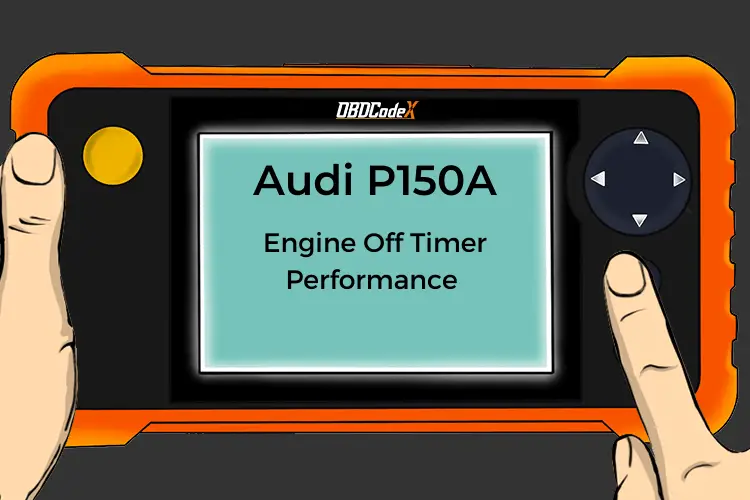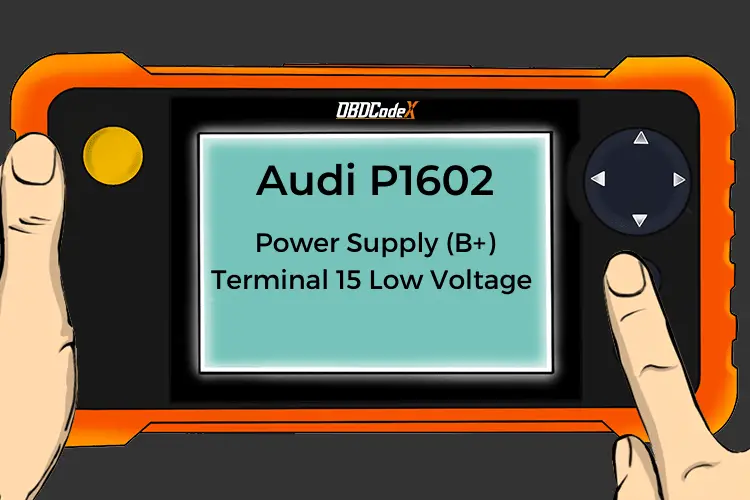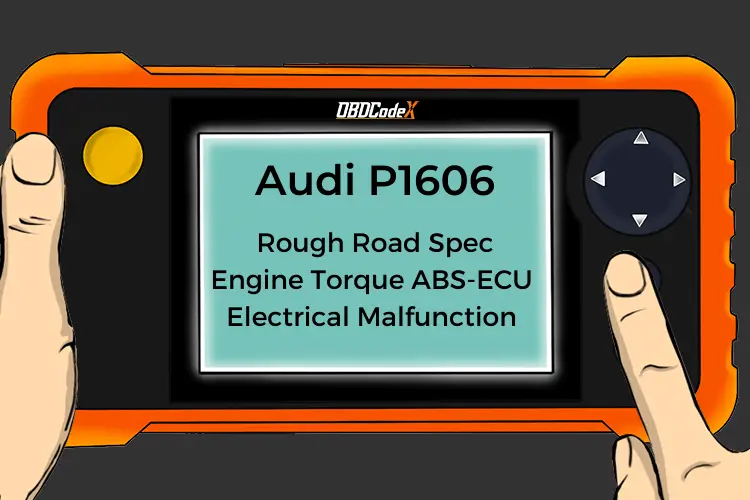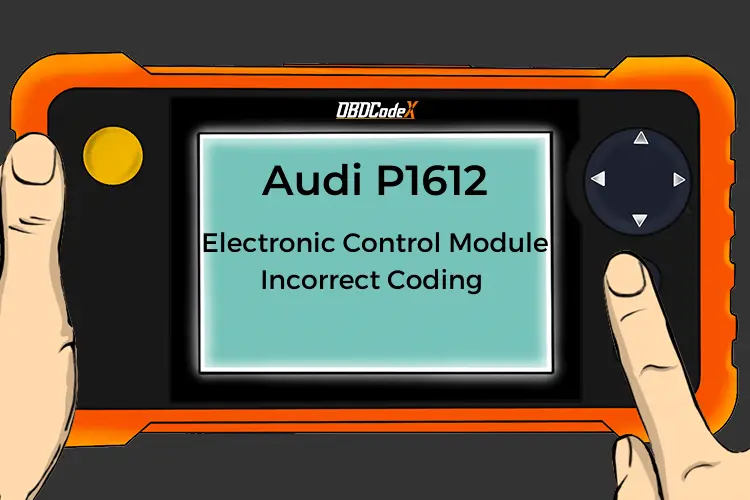P0687: ECM/PCM Power Relay Control Circuit High
Is your scanner showing P0687?
No worries. We'll show you what it means and how to deal with it.
P0687: ECM/PCM Power Relay Control Circuit High
OVERVIEWWhat Does The P0687 Code Mean?
When a P0687 code is stored, it typically means that a high voltage condition has been detected by the powertrain control module (PCM) or one of the other controllers, in the circuit which powers up the PCM or the circuit by which the other controllers monitor PCM power supply voltage.
Most OBD-II equipped vehicles use a contact relay to supply the PCM with battery voltage. A few manufacturers continue to use just a fused circuit but this design is becoming less common. Power relays are normally of a five-terminal design with a constant supply of battery voltage at the primary input terminal.
When the ignition switch is placed in the ON position, the secondary input terminal is supplied with battery voltage (via a fused circuit). Terminal number five is a signal wire for the controller area network (CAN). The fourth terminal supplies an output voltage signal for the PCM.
These are the three primary circuits related to the conditions of a P0687 code being stored. The ground terminal is normally grounded to an engine or chassis ground but some systems are provided with a ground via a relay controller.
Normally, when the ignition switch is placed in the ON position, a small coil inside the relay is energized and a light ticking noise is heard. This ticking noise signifies that the contacts inside of the relay are closed.
When the contacts close they complete a circuit that provides battery voltage to the PCM output terminal and the CAN bus signal terminal. With the contacts closed the PCM should be energized and the service engine soon (SES) lamp should be illuminated, in the key-on-engine-off (KOEO) position.
With the ignition switch in the key-on-engine-running (KOER) position, the service engine soon lamp should be off (if no codes are stored). The PCM should be supplied with battery voltage anytime the ignition is in the ON position.
What Are The Symptoms Of The P0687 Code?
The code P0687 is not usually accompanied by a no-start condition; however some applications disable the PCM when this code is stored.
Even if the vehicle will start, and there seem to be no drivability issues, excessive voltage may damage the PCM or other controllers. This code should be addressed with some urgency.
What Are The Potential Causes Of The P0687 Code?
Potential causes for this code to set are:
- The alternator may be overcharging
- Faulty PCM power relay
- A faulty ignition switch
- Shorted wiring or wiring connectors
How Can You Fix The P0687 Code?
A good starting point is always to check for technical service bulletins (TSB) for your particular vehicle. Your issue may be a known issue with a known fix put out by the manufacturer and can save you time and money during diagnosis.
Visually Inspect The System Wiring Harnesses, Connectors, And Components
A visual inspection of system wiring harnesses, connectors, and components is where I would start my diagnosis. Test the alternator to make sure that it is not overcharging at this time.
Also, I would check the battery and battery cable ends for looseness and excessive corrosion.
Retrieve All Stored Codes
To correctly diagnose a P0687, you will need a suitable scanner (or code reader), a digital volt/ohmmeter (DVOM), and a wiring schematic. Sources like All Data will yield a good assortment of wiring schematics, connector pinout diagrams, connector face views, component locations, and ground locations. Retrieval of all stored trouble codes (using the scanner or code reader) is in order at this point. Write them down for future reference.
Use All Data or the vehicle service manual (or the owner’s manual) to locate the PCM power relay. Lightly touch it, hold it in your fingers, or listen to it with a stethoscope as the ignition switch is turned to the ON position. If there is an audible click, when the ignition switch is turned on, begin testing with the PCM output terminal.
Check For Excessive Battery Voltage
With the engine running, check for excessive battery voltage at the primary input terminal of the PCM power relay. If there is excessive voltage at the primary terminal, suspect that the alternator is overcharging. Test secondary input terminal voltage. If excessive voltage is present, suspect a shorted (to voltage) circuit. Pay close attention to the ignition switch (the electrical portion).
Check for a voltage on the ground terminal of the PCM power relay (KOER). If there is voltage where a ground should be (KOER), check for a shorted (to voltage) ground circuit.
If the alternator is charging properly, begin testing system circuits for a short to voltage. Be careful to disconnect all related controllers from the harness before testing resistance with the DVOM. Shorted circuits must be repaired or replaced as required.
- If there is a charging lamp illuminated or an alternator overcharging code present, diagnose and repair that code (or condition) before the P0687
- Check for alternator overcharging first
- Swap only identical (matching numbers) relays for testing purposes
- Return relays to their original position, replacing the defective relay with a new relay
Recommended Parts
Below are some recommended auto parts to help you address the trouble code affecting your vehicle and get it running smoothly again:
Note: During the purchasing process, please check carefully whether the part you want to buy fits your car!
Reference Sources
Diagnostic Trouble Code (DTC) Charts and Descriptions for P0687 – Pages 98-99.









